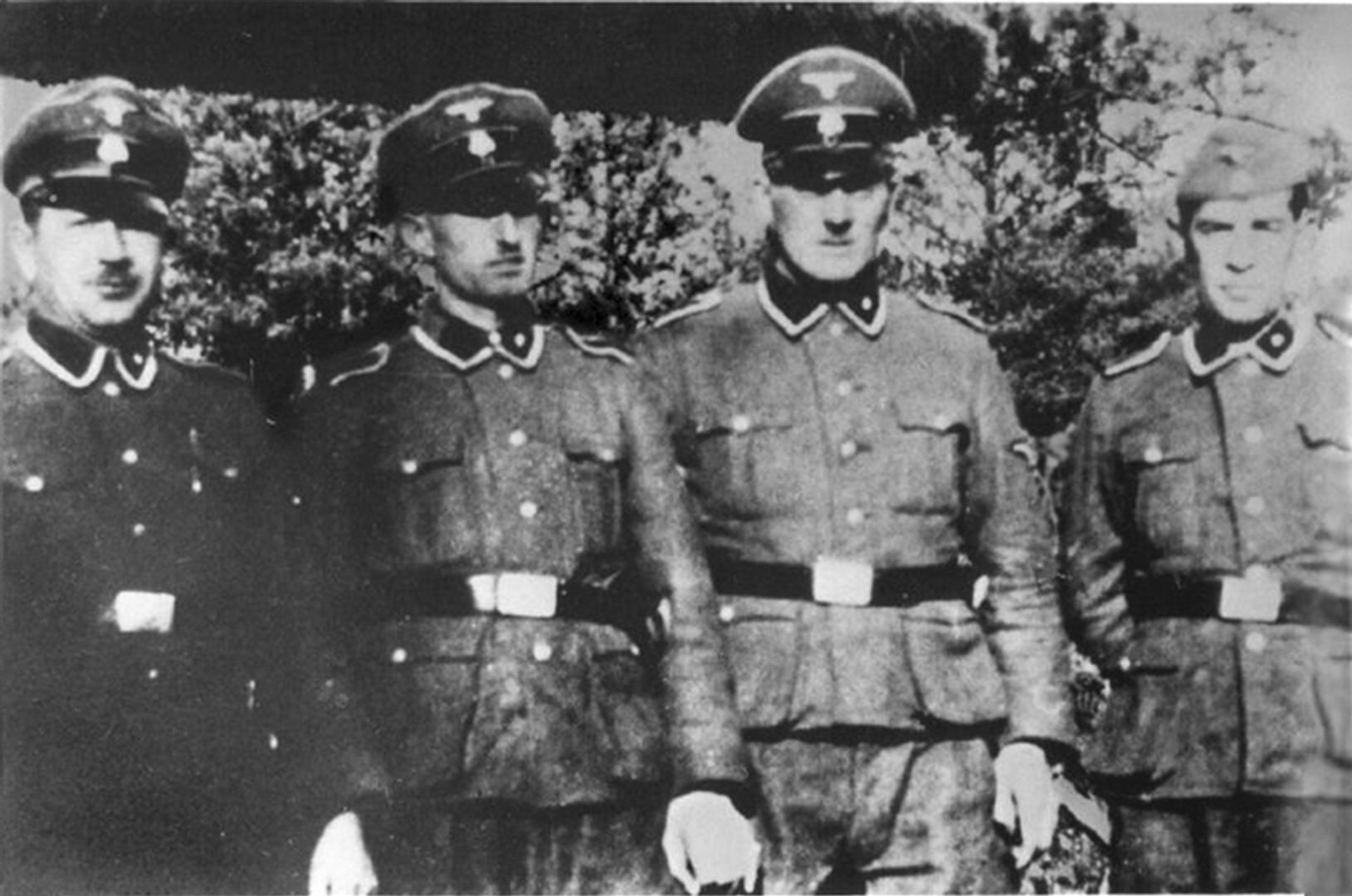Lazaretto
6.18

Overview
The "lazaret" in the extermination camp Treblinka II was a place of execution, disguised as a field hospital, which became a symbol of the cruelty and manipulation employed by the perpetrators against their victims. It operated between 1942 and 1943 as part of "Operation Reinhardt," which aimed to exterminate Jews. The facility, covering an area of 150–200 m², was surrounded by barbed wire and further concealed with branches to hide the brutality taking place inside. Individuals unable to reach the gas chambers on their own, including the disabled, children, and the elderly, were led to the lazaret, where they were forced to undress under the pretense of a medical examination. In reality, each of them was killed with a shot to the back of the head. The facility was managed by SS-Unterscharführer August Wilhelm Miete, known as the "Angel of Death," SS-Unterscharführer Willi Mentz, and a Ukrainian guard named Fyodor Ryabtsev. Notably, Jewish prisoners were forced to work in the lazaret, pretending to be medical staff, highlighting the terrifying cynicism of the system. Executions took place daily in the "lazaret," after which the bodies were thrown into a mass grave and burned. Treblinka II itself underwent an extensive reorganization to make the extermination process more "efficient," and arriving Jews were brutally forced out of the train cars. The minimum number of victims is estimated at 780,863. The history of this place has often been depicted in films, including the 2005 short film "Torte Bluma." Contemporary archaeological research conducted on the former camp grounds helps identify the location of the "lazaret," bringing its tragic legacy to light.
Location
City
Łochów Deanery
Tertiary Administrative Division
Kosów Lacki
County
Sokołów County
State
Masovian Voivodeship
Country
2025 Wizytor | All Rights Reserved